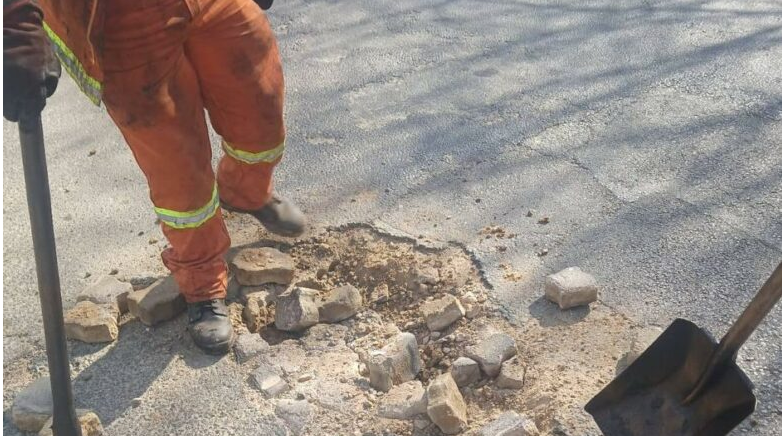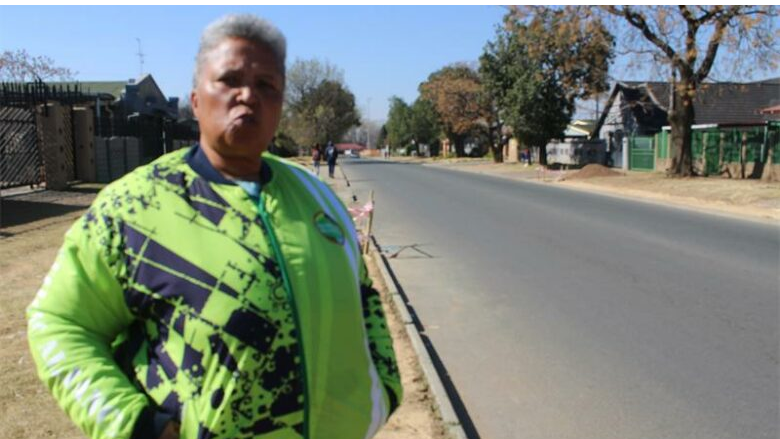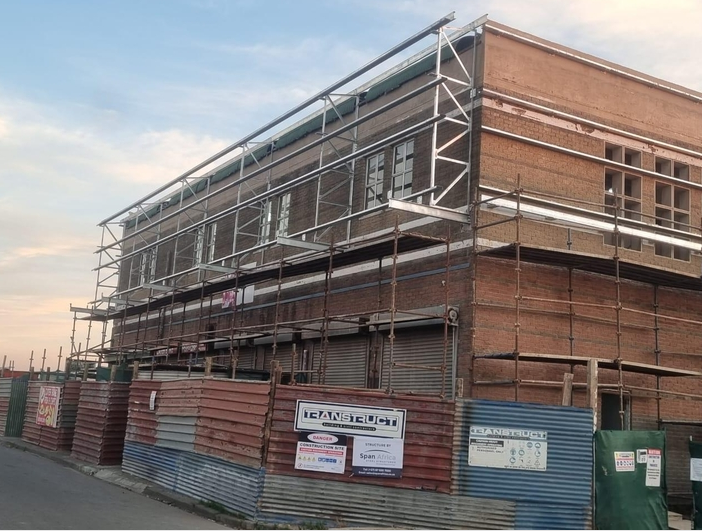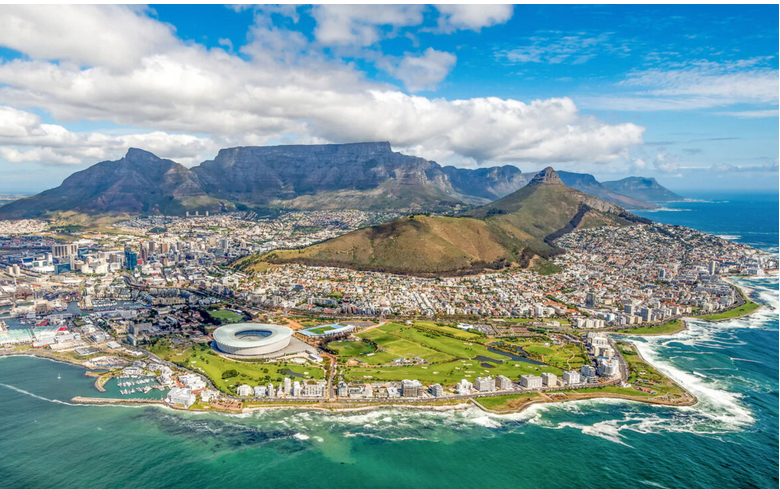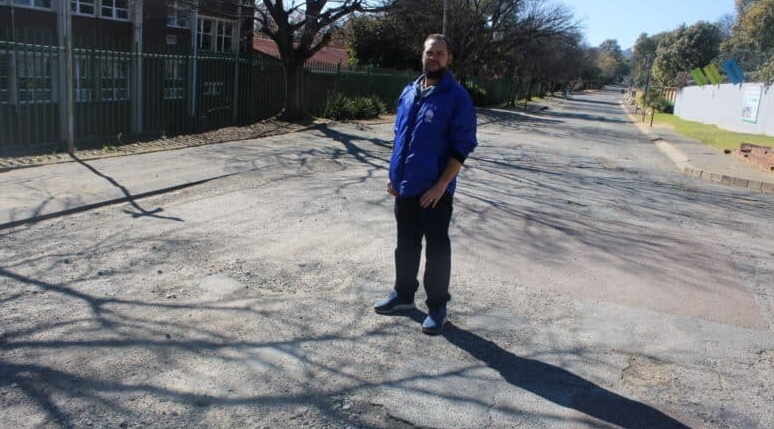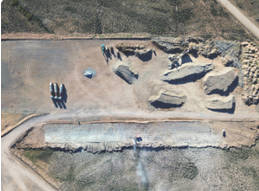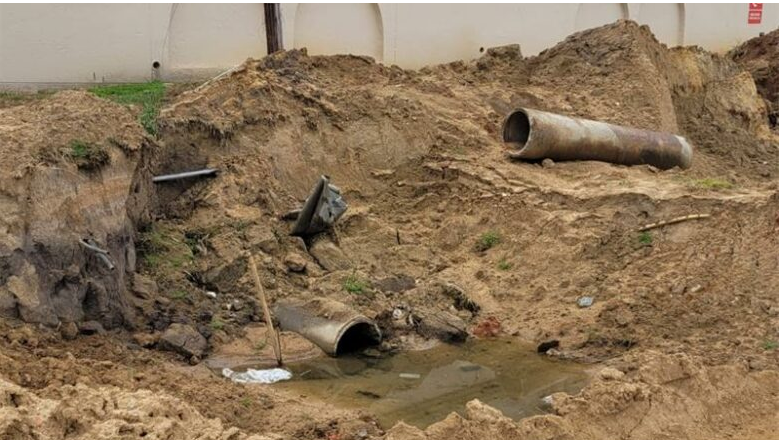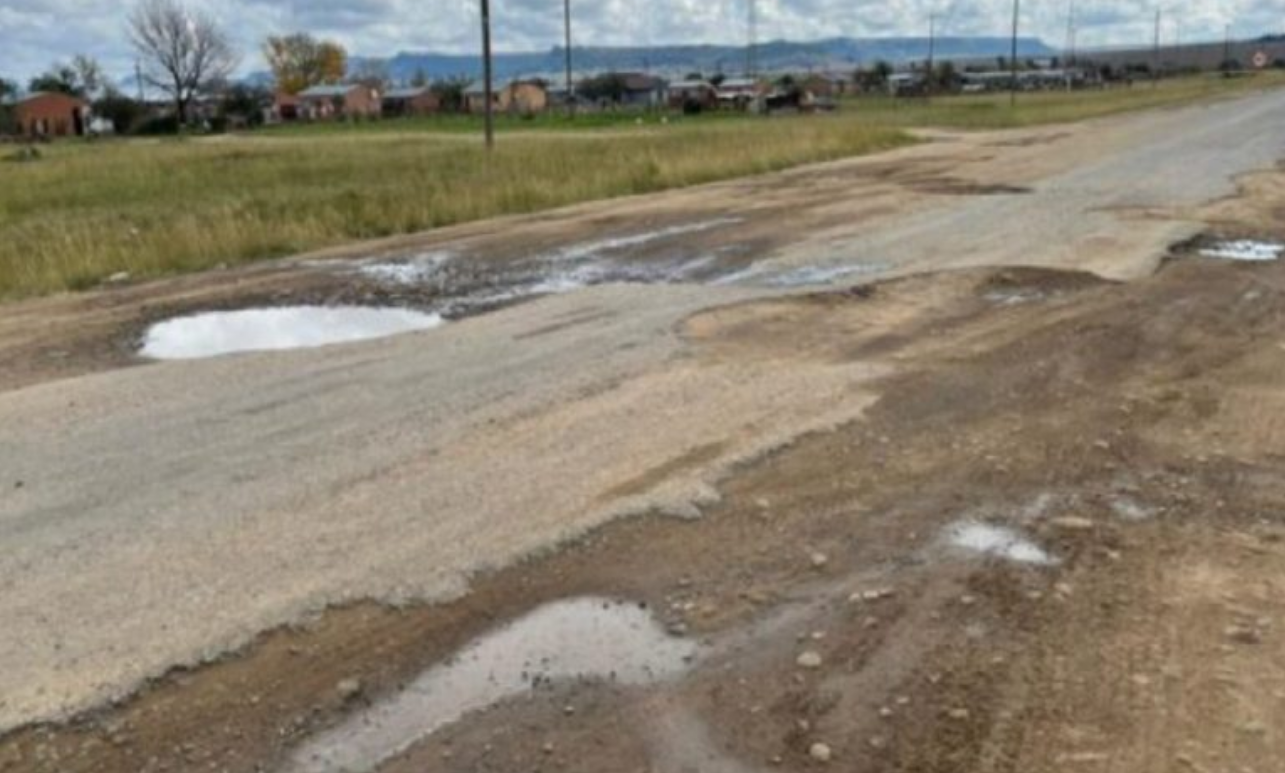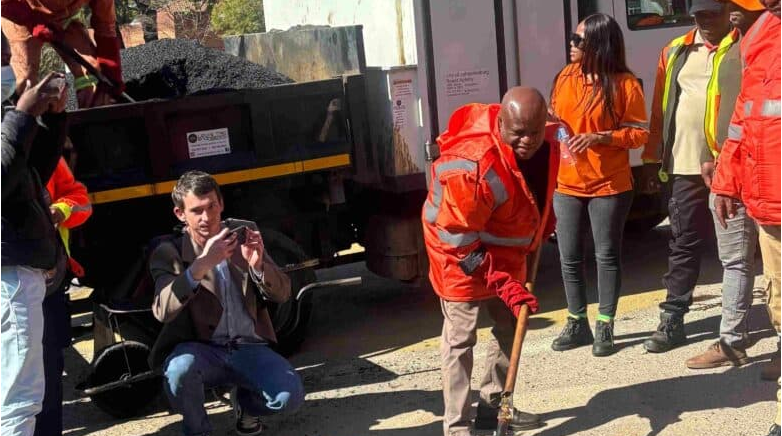Lower interest rates likely to boost new projects
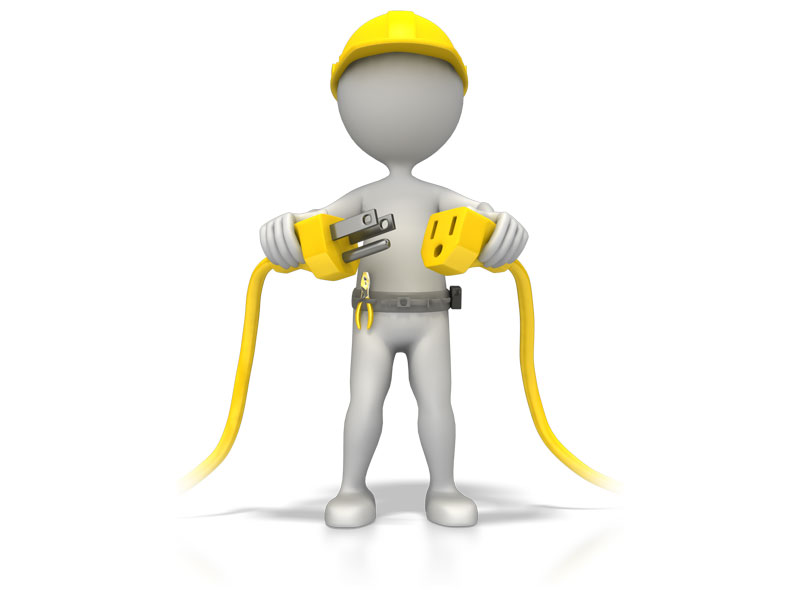
Advertising
03-09-2003
Read : 14 times
NEU
the total number of planned new capital projects in the first half of the year was 23% down on that of the previous first half as high interest rates and a slump in export earnings put a brake on future capital spending.
according to the latest nedcor report on capital expenditure, there was a "noticeable slowdown" in the number and value of new projects announced in the first half of the year.
a drop in planned capital projects would probably further slow down growth in fixed capital investment, the report noted .
nedcor said the decline in capital plans was due largely to a slump in demand from the private sector as exporters shelved expenditure on capital projects in the face of a strong rand and weak global demand.
however, high interest rates also discouraged expenditure on capital projects in the first half of the year, with firms waiting for interest rates to be cut before committing to new projects.
the trend in capital plans announced tends to precede the trend in fixed investment in the economy, which in turn affects the rate of growth in the country's gross domestic product.
according to the report, 30 new projects worth about r22,3bn were announced in the first half of the year.
nedcor chief economist dennis dykes said there had been a sharp decline in capital plans in the export sector .
however, he said plans for new capital projects were likely to pick up in the second half of the year, supported by lower interest rates and consumer demand.
this would help to boost gross fixed investment, which would support economic growth next year, he said.
"lower interest rates would improve the internal rate of return on investment and would also boost the domestic economy," said dykes.
as a result, capital investment would likely come from sectors geared towards the domestic economy, such as construction, government and consumer-related industries.
dykes said that a recovery in the export sector would probably only arrive with a weakening in the rand.
"last year the rand was much weaker. that shield has been taken away," said dykes.
according to the report, there was also a slowdown in planned capital spending from public corporations, although expenditure on large infrastructural projects, such as coega near port elizabeth continued at full steam.
government was the only sector where planned capital projects increased in the first half of the year, according to the report.
according to the latest reserve bank quarterly bulletin, gross fixed investment slowed to 8,5% in the first quarter compared with a fourth quarter peak of 11,5% on a seasonally adjusted and annualised basis.
the bank said that a decline in fixed capital investment in the first quarter by the private sector was due mainly to a slowdown in capital spending in agriculture as a result of weaker prices.
dykes said the slowdown in growth in fixed investment in the first half of the year would probably stabilise in the second half , reversing by late this year or early next year if new capital projects come on line.
the outlook for capital expenditure also depend ed on a recovery in global growth and a weakening in the rand, he said.
Recent News
Here are recent news articles from the Building and Construction Industry.
Have you signed up for your free copy yet?
